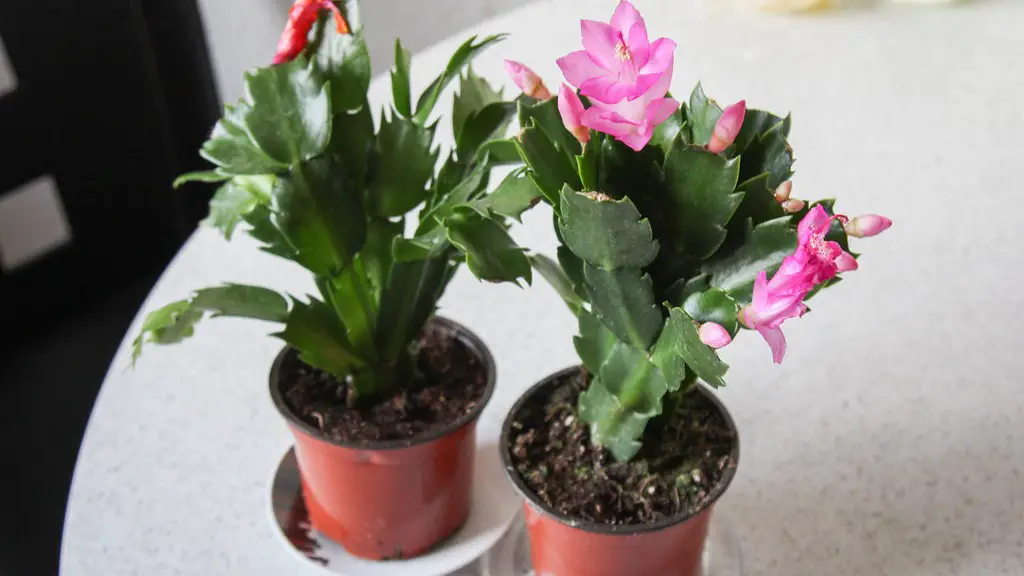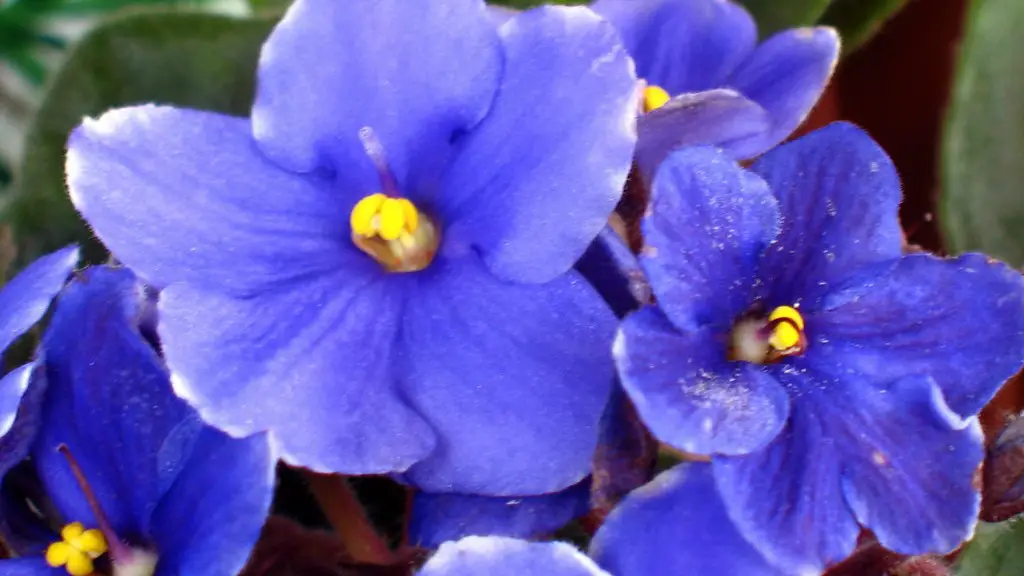Providing your Phalaenopsis orchid with proper care will help to keep it healthy and vigorous. If your orchid does start to show signs of decline, there are a few things you can do to revive it. Start by taking a close look at the plant and its roots. Check for any signs of pests or disease. If you find any, treat the plant accordingly. It is also important to make sure that your orchid is getting enough light, water, and fertilizer. If it is not, make the necessary adjustments. With a little time and care, you can revive your Phalaenopsis orchid and enjoy its beautiful blooms for many years to come.
The best way to revive a phalaenopsis orchid is to give it a thorough watering, and then place it in a bright location with indirect sunlight. If the leaves are yellow or brown, they can be trimmed off. New growth will appear in a few weeks.
How do you revive a dying Phalaenopsis?
Orchids are a beautiful and popular type of flower, but they can be finicky to care for. If your orchid plant is looking limp and lifeless, you may be able to revive it by repotting it in some fresh growing medium. First, cut back any dead or dying leaves or roots. Then, carefully remove the plant from its current pot. Choose a new pot that is only slightly larger than the old one, and fill it with fresh, well-draining potting mix. Gently replant your orchid, and water it well. With a little TLC, your orchid should soon start to look healthy and vibrant again!
First, after your orchid finishes blooming, cut the stem about an inch above the node.
Second, fertilize your orchid with a nitrogen-rich fertilizer every two weeks.
Third, water your orchid regularly, but make sure the potting mix is dry to the touch in between waterings.
Finally, give your orchid plenty of light, but avoid direct sunlight.
With a little time and patience, you can rebloom your Phalaenopsis orchid!
Can you bring an orchid plant back to life
If you find that the flowers on your orchid have fallen off, don’t despair! This is actually a normal part of the plant’s life cycle, and it will likely flower again. To encourage blooming, you can prune the plant and repot it. Just be sure to provide the right amount of water and light, and you’ll soon see beautiful flowers once again.
To make a homemade mixture that is ideal for orchids, add 1 tablespoon of sugar, approximately seven to eight drops of hydrogen peroxide, and 1 liter of lukewarm water into a pitcher. Fill a vase with the mixture until it is halfway up the orchid stems.
What does a dying orchid look like?
If you see any of the following signs, your plant could be dying:
-Mushy roots
-Yellow leaves that are faded or blotchy
-Dropped leaves
-Lack of evergreen color
Cut down the stem to about 2 inches (5 cm) from the base of the plant. This will help the plant to focus its energy on the roots, which will promote a more vigorous and healthy plant.
How do you tell if an orchid is coming back to life?
If you’re unsure about whether or not your orchid is still alive, there are a few telltale differences you can look for. First, examine the crown—the part of the plant that connects the leaves and the roots. If it’s brown and mushy, the orchid is probably dead. However, if the roots are green or white and plump or firm to the touch, the orchid is likely healthy and just resting.
If you’re having problems with your orchids, it could be due to a lack of water, fertilizer, light, or the wrong growing medium. Overwatering can cause plants to wilt and die, so be sure to check the soil before watering. The wrong humidity levels can also damage or kill the plant, so be sure to monitor the humidity in your growing environment.
How long does it take for a Phalaenopsis orchid to grow a new stem
If you see a spike starting to form on your orchid, don’t get too excited just yet – it can take around three months for the whole thing to grow. So be patient, and enjoy watching your orchid grow!
If you notice that the leaves on your orchid are yellow and wilted, and the buds are falling off instead of opening, this is a sign that your plant is dehydrated. Give it a good watering, making sure that the water drains out of the pot, and then mist the leaves lightly. If you keep up with this routine, your orchid should start to perk up.
How long does it take to bring an orchid back to life?
If you’re waiting for your orchid to rebloom, there are a few things you can do to trigger the process. Fertilize your orchid and move it to a cooler environment where temperatures are between 55 to 65 degrees Fahrenheit. With the right care, your orchid will bloom for up to three months and remain dormant for about nine months before reblooming again.
Orchids are one of the most popular houseplants because they are not only beautiful, but also relatively easy to care for. Unlike most other plants, orchids can rebloom on the same flower spike for a lifetime as long as you provide them with proper plant care. You can also decide to cut the old, bare flower spike back to a node to promote bushy and lush foliage.
Can I soak phalaenopsis in water
To water your orchid, submerge the pot in a bowl of water for about 15 minutes. Let the water drain out and repeat every one to two weeks, or as needed.
Phalaenopsis like to dry out in between watering but dislike getting bone dry. Water your plant thoroughly in the sink, getting both sides of the leaves wet. Don’t worry about splashing the flowers, it won’t hurt them. You can even let your plant soak for 5 to 10 minutes.
How often should you water phalaenopsis orchids?
If yourPhal orchids potted in bark, watering once a week is usually sufficient. If your plant is potted in sphagnum moss, water it when the top feels dry. The amount of light and heat your plant receives will also affect how often your Phal needs watering. In summer months, more frequent watering is required, while in winter, less frequent watering is needed.
If your orchid’s leaves are looking limp or leathery, it’s a sign that it’s overwatered. The existing leaves may begin turning yellow, and new leaves may look pleated. Usually a change in the leaves is the most visible warning sign that orchids give.
What does an unhealthy orchid look like
If you notice that your orchid’s leaves are brown or mushy, it’s a sign that the plant is suffering from root rot. This can be caused by overwatering, so make sure you’re only watering the plant when the soil is dry to the touch. If the leaves are very dark green, it’s a sign that the plant isn’t getting enough light – move it to a place where it will receive plenty of bright, indirect sunlight.
It is time to re-pot your orchid when their roots push the plant up above the rim of the pot or reach out into the air. This means that the plant has run out of room and needs more space to continue growing.
Warp Up
1. Cut off any dead or dying leaves or roots with a sharp knife.
2. Place the orchid in a bright location out of direct sunlight.
3.Water the plant thoroughly, making sure to evenly moisten the roots.
4. Allow the plant to drain and then repeat steps 2-4 once a week.
The best way to revive a phalaenopsis orchid is to water it thoroughly and then place it in a sunny spot. The orchid will need to be watered every few days and should be fertilized monthly. Once the orchid blooms, it will need to be repotted.





